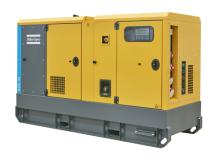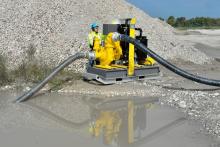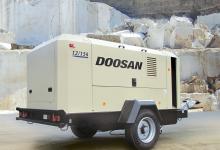The new QAS5 models are said to offer end users in the construction, quarrying, events and industrial sectors quieter operation, a 20% smaller footprint than comparable models on the market, reduced engine emissions, faster plug-and-play paralleling, enhanced fuel economy, 24hr autonomy and lower total cost of ownership.
As a consequence, the QAS5 range helps customers to improve their fleet utilisation and return on investment.
The QAS5 range has been developed to provide generator users with a smooth transition towards the phased adoption of EU Stage V engine emission standards in 2019/20. The first five models in the range are new versions of the QAS 80, 100, 120, 150 and 200 generators. All include optimised Stage IIIA engines, a high-capacity fuel tank and integrated variable speed drive (VSD) motor to power the cooling fan. These features combine to provide users with an average 5% reduction in fuel consumption compared to the industry average for equivalent models.
With larger capacity and fully EU Stage V compliant models set to be introduced in the coming years, the QAS5 range offers customers a clear pathway towards Stage V adoption and beyond.
Adrian Ridge, president of Atlas Copco’s Power and Flow division, said: “The fifth and latest generation of QAS gensets are designed from the outset to meet end-users’ evolving needs for sustainable productivity, increased operational flexibility and compliance with environmental and regulatory obligations.”










